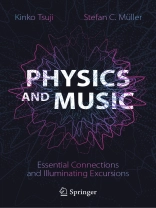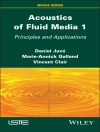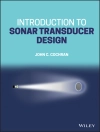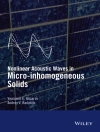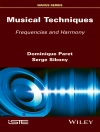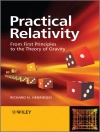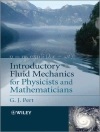This book explores the fascinating and intimate relationship between music and physics. Over millennia, the playing of, and listening to music have stimulated creativity and curiosity in people all around the globe. Beginning with the basics, the authors first address the tonal systems of European-type music, comparing them with those of other, distant cultures. They analyze the physical principles of common musical instruments with emphasis on sound creation and particularly charisma. Modern research on the psychology of musical perception – the field known as psychoacoustics – is also described. The sound of orchestras in concert halls is discussed, and its psychoacoustic effects are explained. Finally, the authors touch upon the role of music for our mind and society. Throughout the book, interesting stories and anecdotes give insights into the musical activities of physicists and their interaction with composers and musicians.
表中的内容
Introduction.- Notation and Tonal Systems.- Intervals and Scales.- Tunings – from Pythagoras to Equal Temperament.- Comparison with Non-European Systems.- Musical Instruments.- Selected Instruments 1 – Aerophones.- Selected Instruments 2 – Chordophones, Membranophones, Idiophones and Human Voice.- Create Music.- Play Together and Form an Orchestra.- Physiology and Psychoacoustics.- Room Acoustics.- Music Analysis with Phase Portraits.- What is Music Supposed to Do with our Mind and for Our Society?
关于作者
Kinko Tsuji is a physical chemist. She obtained her doctoral degree at the University of Tokyo in 1976. As a researcher she worked at the Weizmann Institute of Science in Israel and at the Max Planck Institutes in Munich and in Dortmund. Since 1981 she has worked at the company Shimadzu Europa Gmb H, developing applications of ultra high-speed cameras. Furthermore, she was active in the “Japan Business Council in Europe” in Brussels and serves as a chairman of the planning committee.Stefan C. Müller is a physics professor at the University of Magdeburg, Germany. After obtaining his doctoral degree at the University of Göttingen in 1978, he spent 3 years of postdoctoral research in the USA, first at MIT and then at the Stanford University in California. He was a researcher at the Max Planck Institute in Dortmund from 1982 to 1994, before transferring his research to Magdeburg.
